In the winning batches of the COE competitions in Costa Rica and El Salvador this year, there are two new bean varieties mixed among the well-known varieties such as Geisha, which are particularly eye-catching.
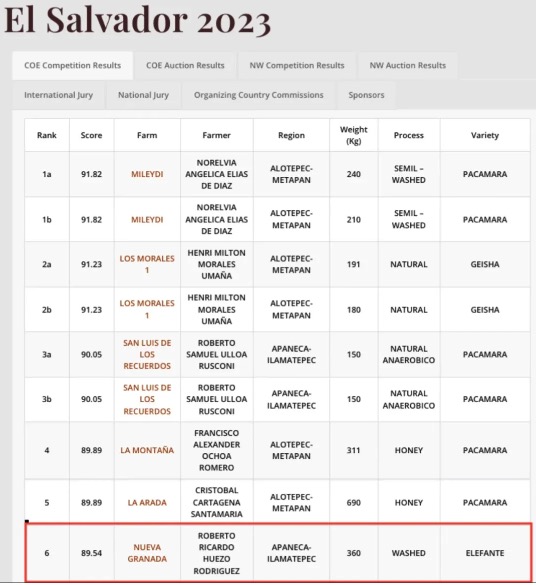
Elefante, in Spanish, means elephant. It is a special variety discovered by Gloria, the owner of Finca Nejapa in Ahuachapan Province in 2011. It has already won the third place in the El Salvador COE as early as 2017.
According to the genetic fingerprint research of the World Coffee Research Center (WCR), this variety is a mixed variety of an unknown local variety in Ethiopia and Bourbon Bourbon. Because its particle size is nearly twice larger than the traditional Bourbon, it is also called Bourbon Elefante (Elephant Bourbon).
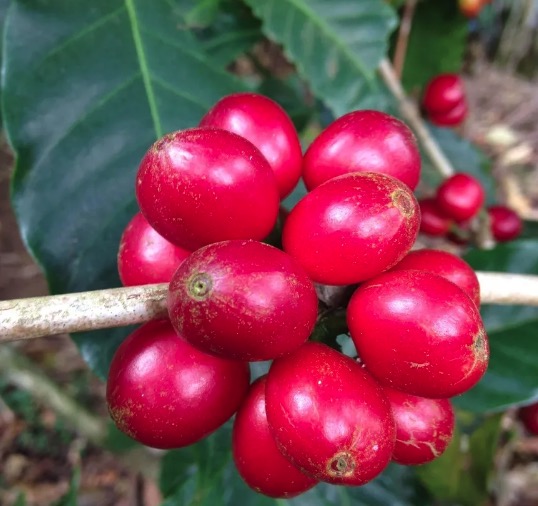
The coffee fruit of Elefante is nearly twice heavier than that of Bourbon, because its fruit contains a large amount of mucus. The taste of the mucus presents the taste of honeysuckle and tropical fruits, which is very similar to the native variety in Ethiopia, but the yield of this variety is relatively low. The winning Elefante batch this year is washed and processed, and its performance in the cup is rated as: clean, smooth, elegant, and balanced; the flavor performance is: floral, berries, lemon, citrus, cocoa, etc.
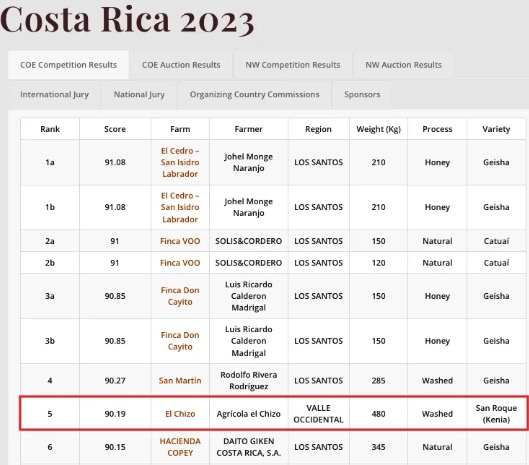
San Roque, a new coffee variety discovered only in the past decade, occupies 11 places in the COE competition in Costa Rica this year.
Regarding the origin of this bean variety, one explanation is that it is a variety cultivated by Starbucks at its Hacienda Alsacia farm in Costa Rica and was first planted in the San Roque town in Gracia, Costa Rica, hence the name.
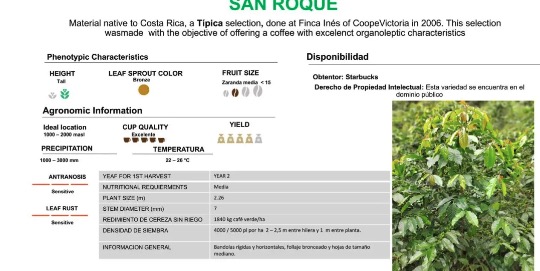
Some people guess that it is a variant of Kenyan coffee and is derived from the variation or hybridization of SL28, so it is also called “San Roque (Kenia)”.
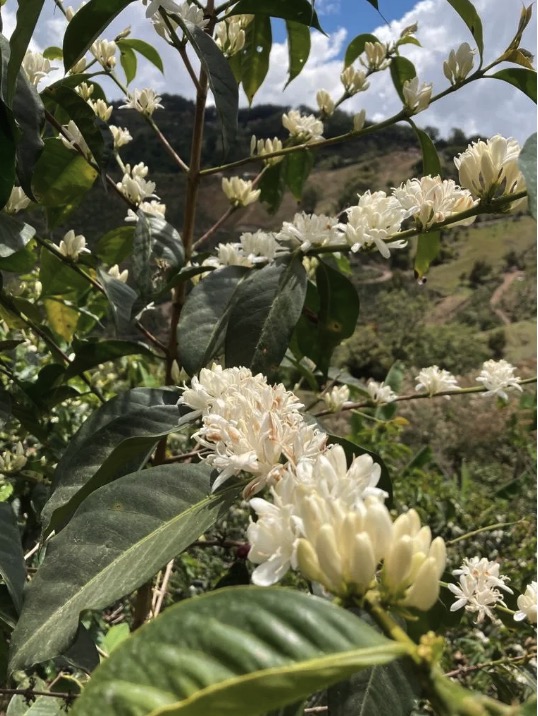
However, the WCR has not included this variety in the coffee variety catalog report, and there are currently no more materials available for query, so it is temporarily impossible to determine its specific genes.

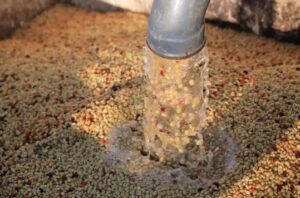

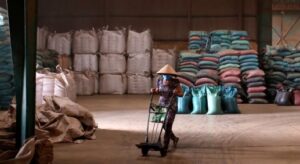

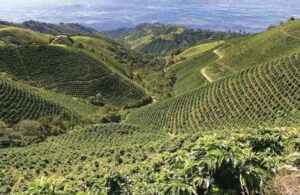


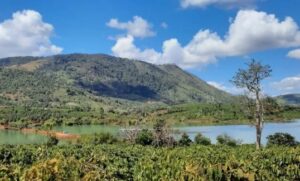

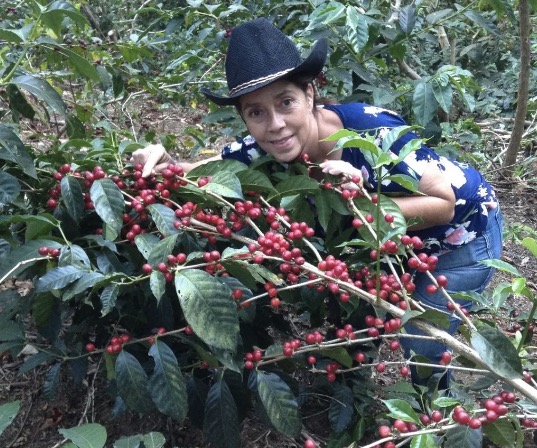
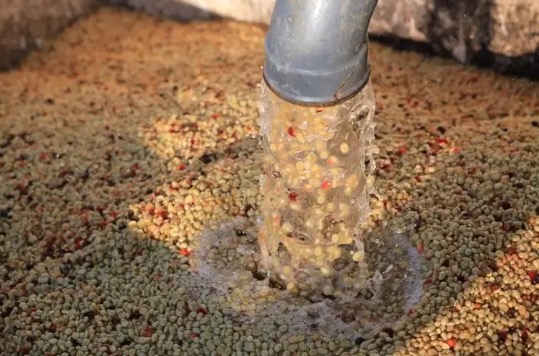

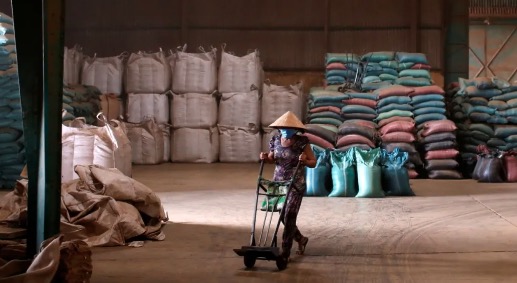

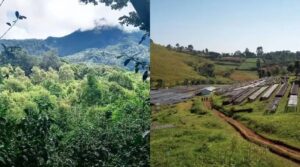


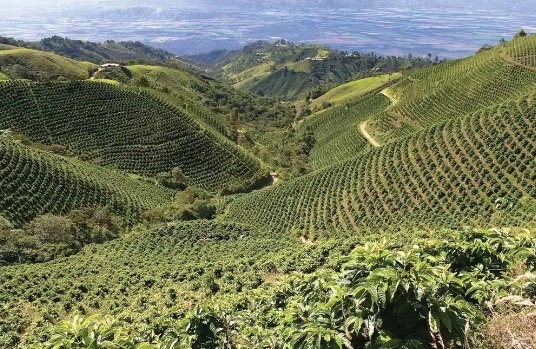
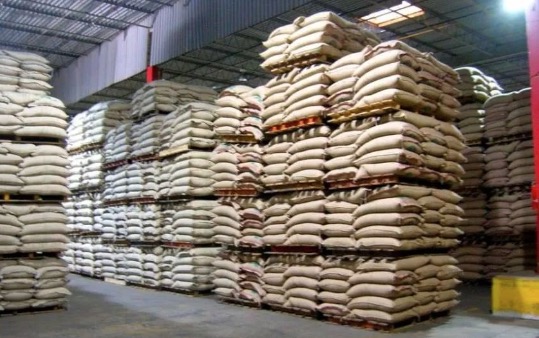

+ There are no comments
Add yours